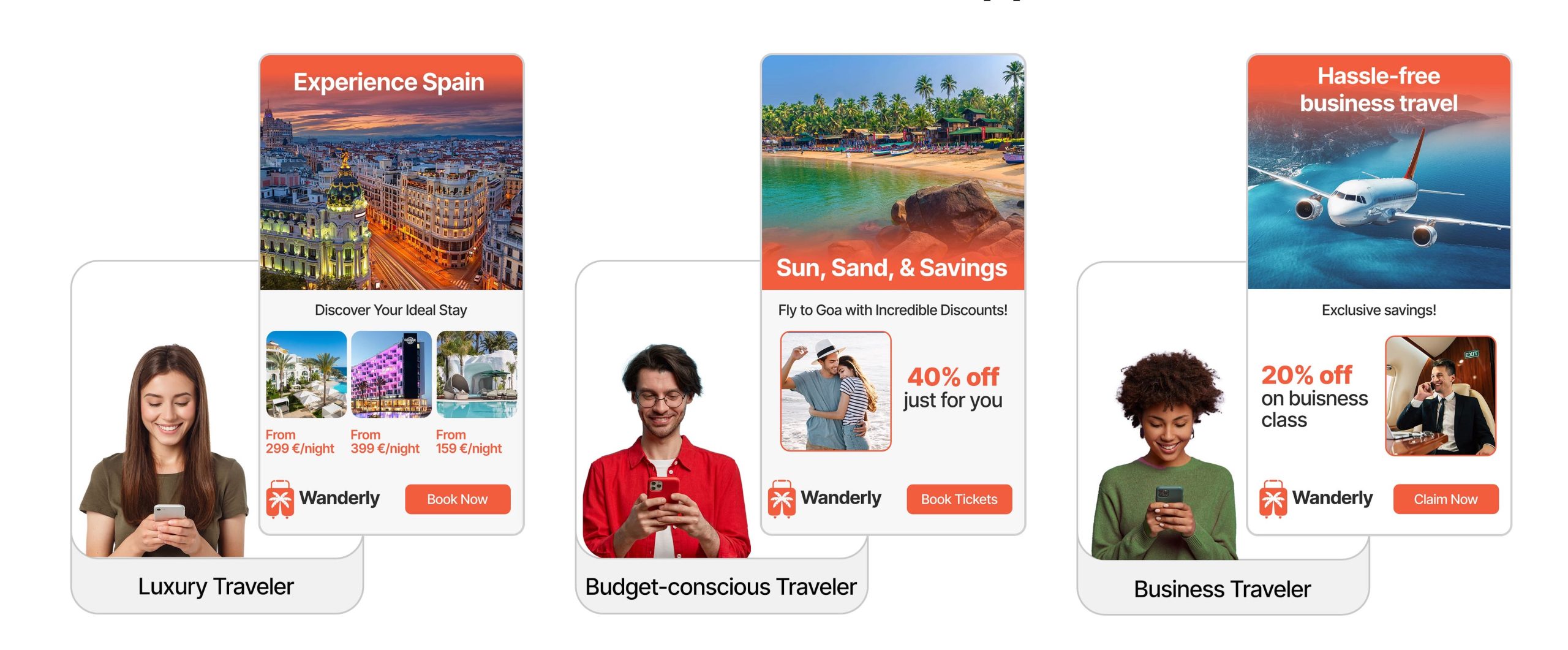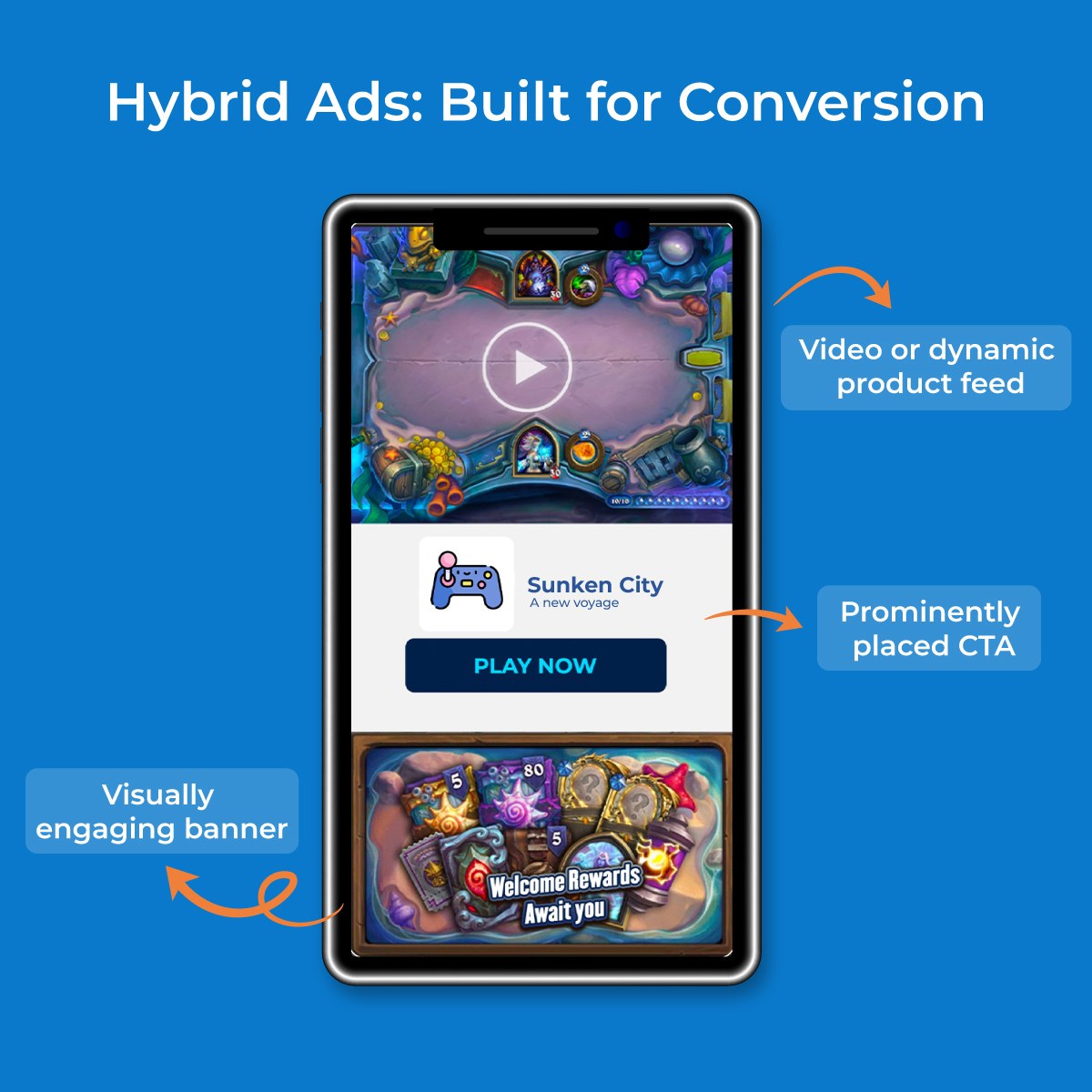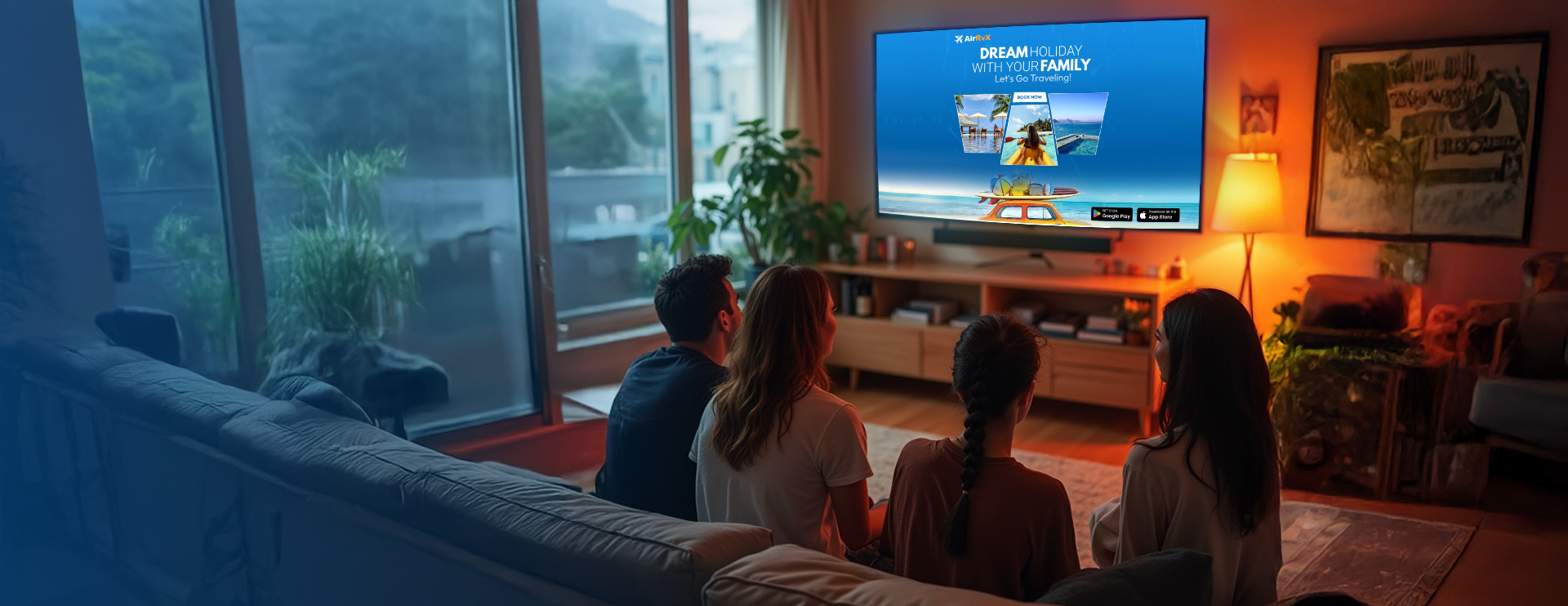The world of digital advertising is one that is ever-evolving.
Cookies are crumbling, old measurement methods are getting rusty, and Generative AI is shaking things up.
But one thing hasn’t changed a bit, and if anything, it’s gotten even trickier – people’s fleeting attention spans.
With a barrage of ads being thrown our way, what makes our brains pay attention to some ads while we effortlessly scroll past others?
In this blog, we’re looking at the intriguing world of behavioral psychology. Plus, we’re looking at practical tips to help you create ads that aren’t just seen but remembered.
The Art of Surprise: Novelty’s Role in Unforgettable Ads
There’s one powerful tool in behavioral psychology’s toolbox: “novelty.”When we stumble upon something unexpected, it sticks in our memory.
Our brains are wired to pay special attention to the unknown, the unexpected, and the unseen.
Consider this:
Case 1: You’re watching a travel ad showcasing a dreamy landscape, accompanied by soothing music. It’s pleasant, it’s beautiful, but it’s entirely predictable. Your brain, conditioned to overlook the usual travel promotions, continues to scroll.
Case 2: Picture another ad that kicks off with an unusual visual – say, a penguin wearing sunglasses at a beach party.
You’re caught off guard, your curiosity piqued.
What’s going on?
This unexpected sight seizes your attention, and you can’t help but wonder how this relates to your next travel adventure.
The key takeaway is simple but powerful: our brains are programmed to detect and engage with that which stands out.
When we encounter something unexpected, our cognitive gears start turning, creating a lasting impression
How to use this in your campaigns:
- Be intentional about ‘surprise as a strategy’: Craft your ad campaigns with a twist of surprise, something that defies expectations. For eg, for eCommerce, rather than showcasing models in a standard studio setting, introduce an unexpected character into the scene – a skateboarder effortlessly pulling off tricks in the latest fashion. This unexpected element adds a touch of excitement, piques curiosity, and ultimately, burns the memory in their mind.
- Use pattern interrupts: For mobile gaming, instead of the usual gameplay scenes, try this — in the middle of an intense game sequence, switch the soundtrack from epic music to a funky disco beat. And, to top it off, have your main character, your typical adventurer, throw on comically large sunglasses and bust out some dance moves. This unexpected twist is like a mental speed bump for your audience.
It makes them take notice and adds a fun and memorable element to your ad, making it shareable and enjoyable. - Interactive Content: Involve the audience in your ad experience. Whether through polls, interactive quizzes, or choose-your-own-adventure style ads, engagement keeps viewers on their toes and invested in your content.
Remember that standing out is not a matter of luck but a strategic choice.
Understanding the psychology of surprise can take you and your brand miles ahead of the rest.
Ad Formats that stand out
This extends to ad formats as well. This is why advertisers who are the first to market with a new ad format or creative direction see higher conversions and return on ad spend (ROAS). They spark curiosity, trigger emotions, and inspire action.
Formats like DCO Ads and Hybrid Ads are a testament to this.
DCO Ads: Dynamic Creative Optimization analyzes vast amounts of user data and product feed data, to smartly recommend the right products to the right user.
DCO ads marry product-feed personalization with scale enabling personaliation for every user.
It’s the kind of personalization that leaves you wondering, “How did they know exactly what I needed?”

Hybrid Ads combine the power of video and the simplicity of banners all in one.
They seamlessly merge multiple file types (static, video, audio, and animation elements), creating dynamic ads that stand out.

Self-determination Theory: The Role of Autonomy, Relatedness, and Competence
Self-determination Theory is another lesson from behavioral psychology that can
transform how you connect and converse with your users.
At the heart of it is three fundamental human needs: Autonomy, Relatedness, and Competence.
These needs, when fulfilled, serve as powerful intrinsic motivators that guide human behavior and decision-making. Start with two fundamental questions: what makes users install your app, and what makes them stay?
For example, within the gaming context, the former could be for stress relief, entertainment, escapism, or social connection. The latter motivations are often rooted in the need to experience competence, autonomy, a sense of accomplishment, and belonging.
Here are some ways you can incorporate self-determination theory in your ads.
1) Relatedness-themed messaging:
Ad copy: “Your Squad Awaits Your Heroic Return! Join Now!”
Visual: Show a player receiving messages from their in-game team and friends, showing how much they’re missed and needed for an upcoming challenge. Highlight the social validation aspect of being an essential team member.
2) Competence-themed messaging:
Ad copy: Join the Elite Few: You Were Among the Top Three Percentile. We Need You Back!
Visual: Put their in-game character in the spotlight, surrounded by the glowing achievements they have unlocked. Overlay heartfelt messages from fellow gamers, all eagerly awaiting your return. It’s a reminder of their competence and all that they could be.
3) Autonomy-themed messaging:
Ad copy: “Craft Your Fantasy World: Every Choice Shapes Your Epic Journey!”
Visual: Show a player immersed in a captivating game world, surrounded by fantastical landscapes and creatures.
Highlight the player’s ability to build this world through their choices. With each choice they make, the world around them responds in real-time. As they decide to build towering kingdoms, fortified fortresses, or form powerful alliances, you see the landscape transform accordingly.
You can take it a step ahead and build an interactive playable ad.
What better way to show autonomy than to let your users take control?
In Conclusion
In a world flooded with stimuli, where grabbing user attention is a daily battle, there’s no better time to revisit the fundamentals of behavioral psychology. Understanding the intricacies of human behavior and motivation can make a world’s difference in your advertising campaigns.
Our Creative Innovation Guide is packed with more such insights.
Claim your copy here!



